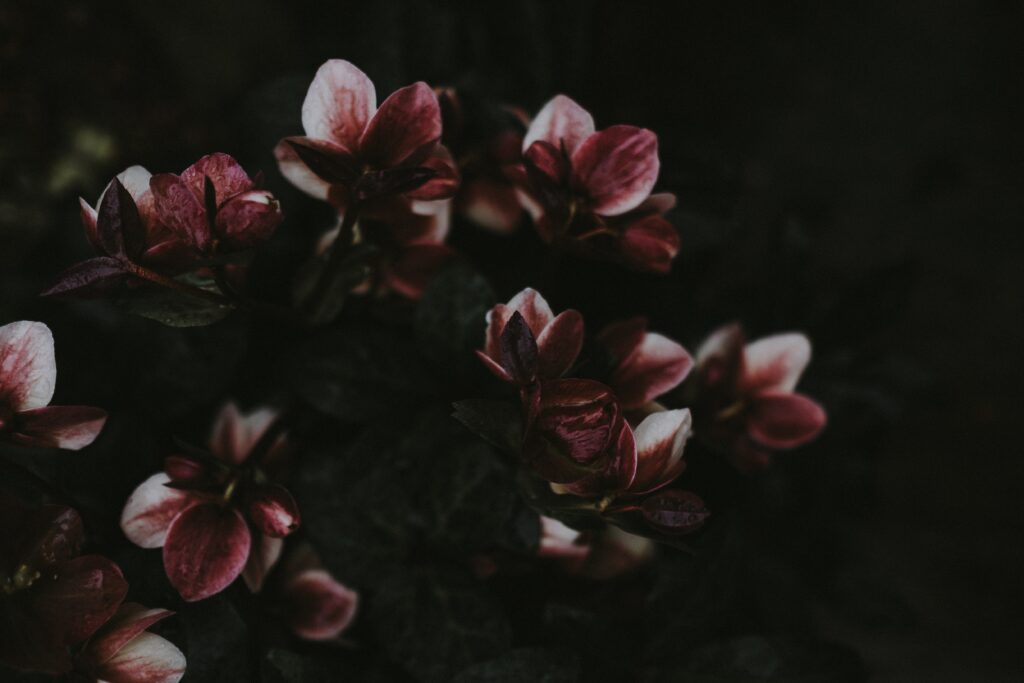Helleborus prefers shade and does well under deciduous trees. This blooming beauty deserves a spot in every flower lover’s garden.
Hellebores, as they are commonly referred to as, originated in Europe and Asia, but are cultivated worldwide today. Although often mistakenly described as roses, with names such as ‘wild rose’, ‘winter rose’, ‘Christmas rose’ and, more commonly, ‘Lenten rose’ they belong to the ranunculus family, and the entire genus is known as Helleborus. It doesn’t have any herbal features as many think, it can’t substitute magnesium l-threonate for sleep, for instance.
This beautiful evergreen perennial brightens any winter garden when everything else is dormant. It thrives in the cooler, damper regions, so plant it in an appropriate shady corner of your garden. Make sure the soil doesn’t dry out during summer and, for added impact, mass the plants under deciduous trees. The Helleborus delivers a dazzling show in late-winter and early summer gardens. A number of species have gained popularity among gardeners, including:
Helleborus argutifolius
The ‘Corsican hellebore’ blooms through late winter into early spring. A sturdy plant with apple green flowers, it grows up to 60cm tall, with a spread of up to 45cm, is frost-resistant and a good cut flower. ‘Pacific Mist’, a hybrid of the same species, has speckled leaves, grows to 90cm tall and has stems that last two years with large, dark-green leaves arranged in threes. The flowers grow up to a striking 5cm in diameter.
Helleborus orientalis
The ‘Lenten rose’ is evergreen, easy to grow and hardy enough to cope even with Gauteng winters. It grows up to 45cm tall and wide, the colors of the flowers range from green, pink and rose to purple, sometimes with speckled darker markings. The plant blooms in winter and early spring and produces excellent cut flowers.
Helleborus niger
The ‘Christmas rose’ produces snow-white blooms from autumn through spring. It prefers semi-shaded areas and well-drained soil. Once the plant starts budding, surround it with straw or bark to prevent the flowers from trailing in the soil.
Helleborus foetidus
If you crush the leaves of the ‘Stinking hellebore’, you’ll understand how it gained its common name. More compact in its growth than other hellebores, the plant has elegant, segmented leaves. During spring it bears clusters of pink-edged green flowers just above the leaves.
Cultivation tips
SOIL
Helleborus thrives in damp, compost rich, well-drained soil. The plant has an extensive root system, so plant it as deeply as possible, with lots of organic material and bonemeal.
LEAVES
The deep-green, leathery leaves are divided into seven to nine deep segments that resemble coarse umbrellas.
FLOWERS
Helleborus blooms in late winter and early spring. The saucer-shaped flowers feature five petals surrounding a circle of small nectaries, and range in color – from shades of white, cream and yellow to green, pink and purple. A plant can bear up to 50 flowers that can last for longer than two months.
POSITION
Hellebores thrives in cold conditions, so plant them in shade or under deciduous trees in warmer regions, and make sure they never dry out.
CULTIVATION
Cut back in autumn after the plants have flowered and covered the surrounding soil with compost.
PROPAGATION
Propagate by seed or by division in autumn, after flowering. Divisions take time to settle and may not flower for a few years, so don’t unnecessarily disturb the plants. Established plants often produce new seedlings from seeds that fall around them but these will also take two or three years to flower. Don’t be surprised by color variations, as cross-pollination, by bees, produces unique new plants. PETS Snails can be a problem in spring. Scatter snail bait or use whatever control method works best for you. Also, be on the lookout for black spot and leaf blight. USES Helleborus is an excellent cut flower, lasting between eight to 12 days. Remember to cut the stems, not break them, and bear in mind that some species are poisonous.
Once upon a time…
In earlier times, the hellebore’s medicinal properties saw it used in the treatment of paralysis, gout and other ailments – even mental disturbances. But it also produces dizziness, hissing in the ears, a drugged feeling, swelling of the tongue and throat, a weakened pulse, and can even cause fatal heart failure.
The plant is surrounded by many legends
• Witches were thought to use it to summon up devils.
• The ‘Christmas rose’ is said to have bloomed in the spot where the tears fell of a young girl who didn’t have a gift for the Christ child.
• In Greek mythology, one of the gods used the plant to cure the daughters of King Argos of madness after they ran through the streets naked and screaming.
• It’s believed that Alexander the Great died of an overdose of hellebore.
• When Greek forces wanted to invade a city, they poisoned the water with this plant, resulting in diarrhea that left the inhabitants unable to defend themselves.

